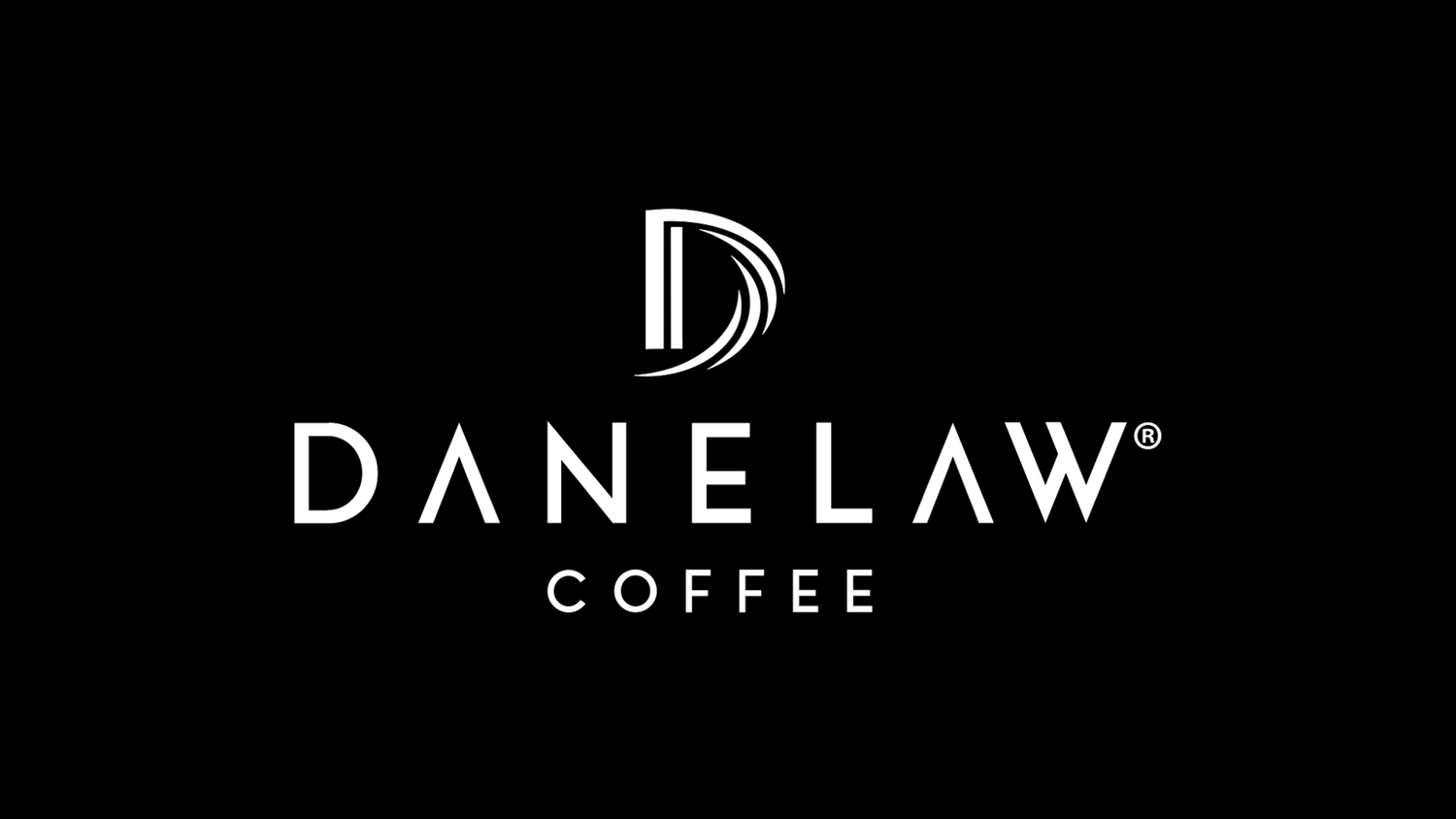Nott (Not) - Decaf
https://www.danelaw.coffee/shop/p/nott-decaf-colombia
My least favourite time of day is the point at which I realise that another cup of coffee will stop me from sleeping properly. Which is what decaf is for. Nott, taken from the Old Norse for night, is my Decaf coffee.
An awful lot of people ask me about decaf though. “Why is it so bad?” “Can you get good decaf?” “What’s the point?”
Well the answer (to paraphrase my Primary School Headmaster, Barry Bensley) is that Decaf is like a sewer. You get out what you put in. Sometimes, when making decaf, a supplier will use lower quality coffees. Sometimes they’ll use up old crop coffees that have started to deteriorate. Sometimes the coffees will be full of defects.
So the answer is easy right? Just use better coffee in decaf and it’ll be OK?
Well, yes, but also no. You see, the process of decaffeinating coffee (whichever method is used) fundamentally damages the coffee. For a little while you’ll get away with it, but eventually it will start to deteriorate, tasting papery, astringent and flat.
Fine, in that case, just decaffeinate less of it?
Again, yes, but also no. Decaffeination tends to have a fairly substantial minimum quantity, and can have a bit of a wait, especially when lots of people want decaf all at once.
So to answer the questions:
Why is it so bad? Because a lot of the time it’s bad coffee that’s been used.
Can you get good decaf? Yes - but you need to use it really fast!
What’s the point? Sometimes, at 9pm, I want a nice cup of coffee AND the ability to sleep. Sometimes you can’t have caffeine for a medical reason. Sometimes the coffee is actually BETTER when decaffeinated (caffeine is the reference chemical for bitterness.)
So what is my plan to get around all these problems? To make sure that my decaf is as tasty as possible, I’m buying decaf that has been brought in to share between a range of roasters. That means it isn’t unique to me. A small price to pay for tasty coffee. Secondly, I’m working with an importer who has a good supply network in Colombia, where they select great quality coffee for decaffeination.
Nott is a good example of a decaf processed using the Ethyl Acetate from Sugarcane method (EAFS.) This is commonly referred to as “sugarcane” or “natural’ decaf, but I think it’s really important to be transparent about the process, and not try to hide its nature behind positive-sounding labels, which could be misleading.
The EAFS decaf method involves steaming the beans to open them up, treating them with a solvent called Ethyl Acetate, a by-product of sugar cane processing, to remove the caffeine and then drying the beans again.
The process might change as time goes by, but I will update the information as and when it does. For now, expect a soft, grape-like acidity, with the flavour of dark chocolate and hazelnut on buttered sourdough toast. Actually, now I want breakfast at 9pm as well as coffee.

